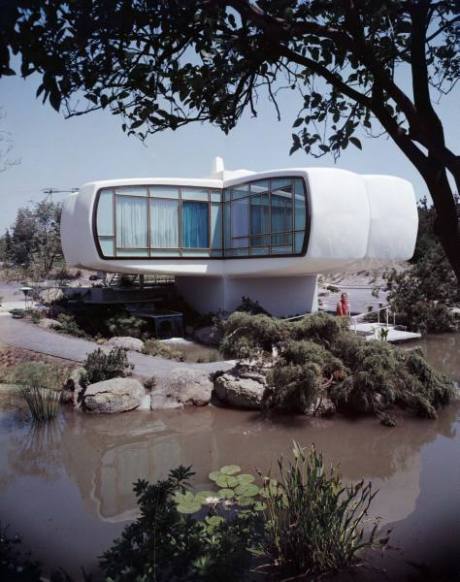Houses: Make Mine Small, Modular, and Made of Plastic
-
-
slice.mit.edu
Filed Under
Recommended

If Monsanto and MIT had been true housing visionaries in the early 1950s, we might all be living in plastic pre-fab houses filled with assorted plastic stuff. And, arguably, many of us are, though the vision crafted by chemical giant, Monsanto, and executed by the Institute was slightly different back then.
The Monsanto House of the Future, designed by two MIT architecture faculty members (including Marvin Goody ’51) and built in the mid-50s, was a full-scale prototype of a rounded, Jetson-like home made almost entirely of plastic. Its existence owed largely to Monsanto's desire for a new market for plastic, as well as the fact that Walt Disney had been searching for exhibits for Disneyland, which had opened in Anaheim, California in 1955.
For a decade, millions of visitors toured the Monsanto House, marveling at its intercom system, microwave, and ultrasonic dishwasher (not effective). In 1957, according to figures in Technology Review, some 60,000 people visited the house each week.
MIT Museum Architecture Curator Gary Van Zante recently gave a presentation on campus, where he showed archived drawings and photographs of the plastic house. The talk, titled Back to the Future: A 1950s House of the Future, was part of the Cambridge Science Festival, which continues through Sunday.
During the talk, Van Zante explained the public's reaction to the Monsanto House, saying, "In the end, Monsanto found that the idea of living in a plastic house was an idea that the public would not accept. The public did not like to be enclosed in plastic."
View a slideshow of images related to the Monsanto House, including photos from Van Zante's talk:
Watch a video about the Monsanto House from the 50s:







